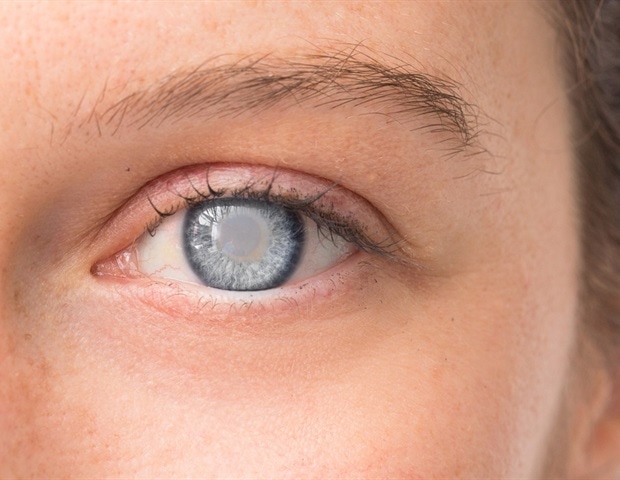
A trainee midwife has designed an app to improve the detection of maternal and neonatal issues on black and brown skin. During her training at the University of Brighton Ruby Jackson, 23, discovered there was insufficient representation of different skin tones in textbooks and training resources. She said: “In my third year I was doing a literature review looking into some of the issues and found there was a massive lack of representation in educational material.
I wanted to improve the representation of black and brown mothers and babies in maternal and neonatal. "It’s about improving the detection of issues but also about making people feel more comfortable. The survey shows that many women of colour feel very unseen in these services.
” Ruby worked in Ghana during her second year placement (Image: Submitted) This discovery led to Melanatal, an app designed to increase awareness of how certain conditions manifest in mothers and babies with black or brown skin. These include jaundice, cyanosis and congenital dermal melanocytosis. Ruby said: “Jaundice is often missed or picked up later down the line in babies with black or brown skin because we’re taught to look for yellow skin.
With cyanosis, we’re taught that the baby will turn blue or come out pink. "It was during my second year placement in Ghana that I saw for the first time how jaundice presents on a baby with darker skin. I hope the app will help debunk that terminology.
” Ruby was awarded a place on the NHS Clinical Entrepreneur Programme, which supports the innovations of NHS staff. After winning the Priority Population Digital Health Challenge 2024, she was given bespoke access to its platform to build the app as well as its mentorship programme. Ruby with members of Cogniss, the company helping her to develop the app (Image: Submitted) The app is now complet, and Ruby is in talks about how it will be made available.
It is likely that it will be piloted within an NHS trust. Ruby said: “Congenital dermal melanocytosis can often look like bruises on black or brown skin. There was a case a few months ago in the news where this wasn’t picked up at birth but during a home check, a health visitor thought the baby had bruises and the mum was arrested.
"This could have been readily picked up had they been more aware. I was so heartbroken by the story – no parent should go through that when it’s a failing of our knowledge.”.














